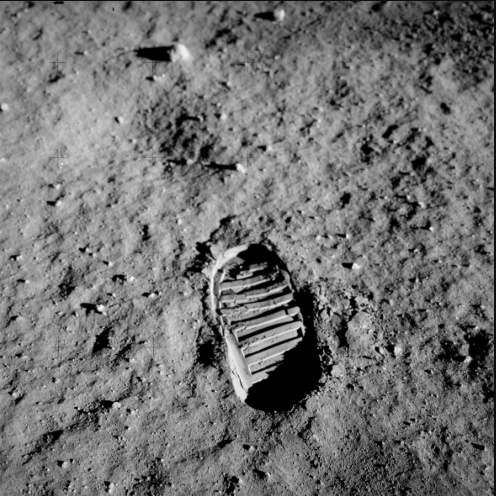5th Grade > Science
OUR UNIVERSE MCQs
Total Questions : 56
| Page 5 of 6 pages
Answer: Option D. ->
Mercury < Earth < Saturn < Jupiter
:
D
- Jupiter is the largest planet of the solar system.
- Saturn is the second largest planet of the solar system.
- Mercury is the smallest planet of the solar system.
So, the correct order of planets in size from smallest to largest will be: Mercury < Earth < Saturn < Jupiter
:
D
- Jupiter is the largest planet of the solar system.
- Saturn is the second largest planet of the solar system.
- Mercury is the smallest planet of the solar system.
So, the correct order of planets in size from smallest to largest will be: Mercury < Earth < Saturn < Jupiter
Answer: Option C. ->
Uranus
:
C
:
C
- Our solar system has eight planets which revolve around the Sun.
- The order of planets in their distance from the Sun: Mercury, Venus, Earth, Mars, Jupiter, Saturn, Uranus and Neptune. So, Uranus is the seventh planet from the Sun.
Answer: Option C. ->
Saturn
:
C
The planet Saturn has the most extensive ring system in the Solar System. Its rings are made up of rock, dust and icy material. Pluto does not possess any rings around it. However, Jupiter and Uranus possess a system of rings which are mostly composed of dust and ice. But, they are not as extensive and complex as that of Saturn; rather, are faint.

:
C
The planet Saturn has the most extensive ring system in the Solar System. Its rings are made up of rock, dust and icy material. Pluto does not possess any rings around it. However, Jupiter and Uranus possess a system of rings which are mostly composed of dust and ice. But, they are not as extensive and complex as that of Saturn; rather, are faint.

Answer: Option B. ->
(a) - (iv), (b) - (ii), (c) - (iii), (d) -(i)
:
B
- Venus is known as the "rocky" or "terrestrial" planet as it is similar to Earth in composition.
- Saturn is known as the gas giant because it is made up of gases and it is too huge that about 760 earths can fit into it.
- Uranus is known as an ice giant because it is made up of ice and it is too huge that 63 earths can fit into it.
- Pluto is known as the dwarf planet because of its size as it is even smaller than the Earth's moon.
:
B
- Venus is known as the "rocky" or "terrestrial" planet as it is similar to Earth in composition.
- Saturn is known as the gas giant because it is made up of gases and it is too huge that about 760 earths can fit into it.
- Uranus is known as an ice giant because it is made up of ice and it is too huge that 63 earths can fit into it.
- Pluto is known as the dwarf planet because of its size as it is even smaller than the Earth's moon.
Answer: Option B. ->
Venus
:
B
- Venus is very similar to Earth in terms of size and mass. Due to this Earth and Venus do often get called "Planetary Twins".
:
B
- Venus is very similar to Earth in terms of size and mass. Due to this Earth and Venus do often get called "Planetary Twins".
Answer: Option B. ->
Summer
:
B
- If Northern Hemisphere is tilted towards the Sun then the region present in that hemisphere will receive direct sunlight and will experience summer.
- This is the reason why we experience summer in June and winter in December in Northern Hemisphere.
:
B
- If Northern Hemisphere is tilted towards the Sun then the region present in that hemisphere will receive direct sunlight and will experience summer.
- This is the reason why we experience summer in June and winter in December in Northern Hemisphere.
Answer: Option C. ->
Telescope
:
C
:
C
Scientists who study planets and stars are called Astronomers. They use a Telescope to have a closer look at objects in space.
Answer: Option B. ->
Rotation
:
B
:
B
Rotation means to spin on one's own axis. The Earth for example rotates on its imaginary axis and completes one full rotation every 24 hours.


















